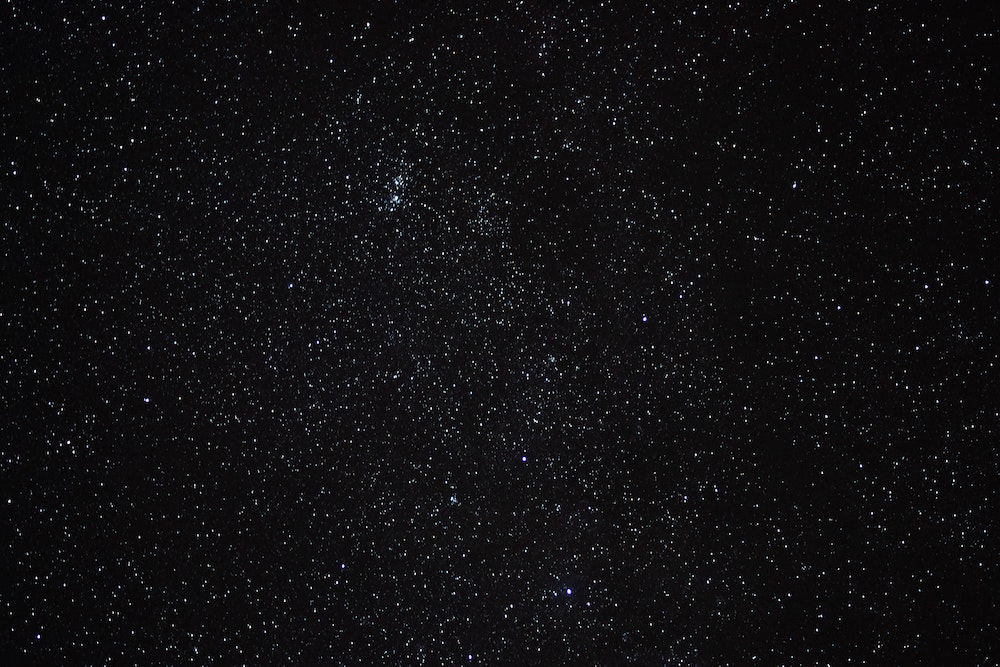
Opened in 1968, the longest-running observatory in the British Isles, the Armagh Observatory and Planetarium has been going from strength to strength over the decades. In September 2022, they hosted the research networking project, Observatory Sites and Networks since 1780. A project for scholars around the world, as well as the UK, who research the histories of observatories, along with curators, educators, and astronomers. But what is it about the stars that continue to fascinate us?
It’s all about the Stars
Having celebrated its 50th year of observing the stars and planets above us, the technology in the Armagh Planetarium has projectors that can provide images with a ratio of 20,000:1. There are three computers to process the incredible images that visitors get to see of the solar system and all that can be found within it, including stars.
Stars have been featured throughout history. Whether they were used by travellers for navigation for centuries, sailors used them when they were at sea to guide them, and even the magi were said to have used the Star of Bethlehem to guide them to the nativity.
Perhaps one of the most important stars is the sun, without it, we just wouldn’t be here. It provides light to our days after the dark that night brings, providing our bodies with much-needed vitamin D. It also keeps us warm and allows us to use solar energy, which is great for our environment.
Other Stars
Stars are considered to sparkle and shine, which is why we often associate some celebrities with this word. There is a saying that goes, “A star is born; a celebrity is made” which implies that some people have an innate ability to stand out from the crowd, which is what some celebrities do.
However, there are also times when people call others who have helped them a star, which means they’re special or have done something special. Both usages of the word “star” are thought to connect with the western preoccupation with stars being celestial and heavenly.
Perhaps this explains why stars have infiltrated different aspects of our lives so much. A plethora of franchises surrounds the ethereal bodies, such as films and games. In Slingo, there’s Slingo Starburst, which is set in outer space, against a backdrop of stars and galaxies, with starbursts as wilds. Even the infamous Star Wars franchise features them, as does plenty of other sci-fi-related programmes and films.

Photo by Jake Weirick on Unsplash
We could go on about how stars heavily feature in our lives, but we reckon you know they do. The truth is there is still so much to find out about them that this mystery only adds to our interest in them. With advances in technology, and projects like the Observatory Sites and Networks since 1780, discovering and highlighting current developments in our skies, people will keep on being interested.
Stars are always in our skies, and we’re lucky to have them. But we’re luckier to be able to stare at them in the sky at night in places like the Armagh Observatory and Planetarium.
Main image source: Unsplash






